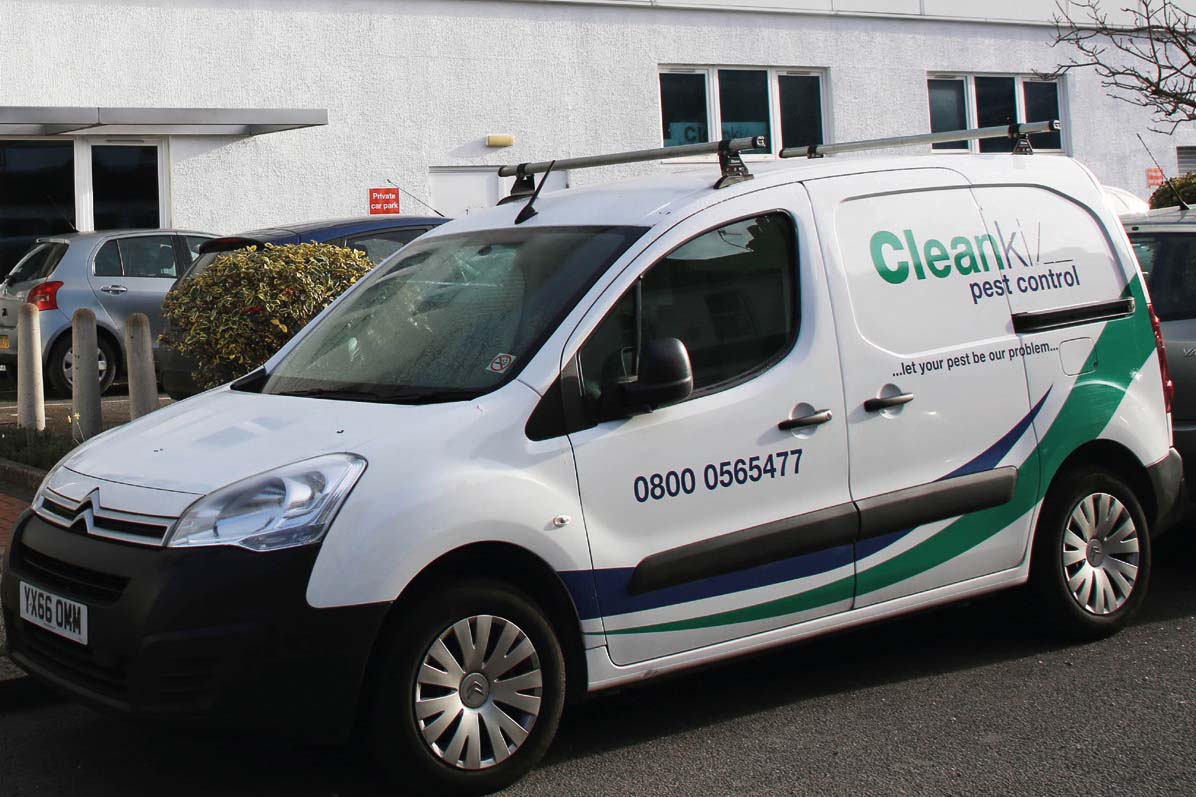
Business owners who sell to an Employee Ownership Trust (EOT) can, amongst other benefits, avoid capital gains tax liabilities and reward staff at the same time. But it will not be the right option for every business and needs careful planning and consideration, says Jack Clipsham.
Plans that were put on hold in 2020 and early 2021 to retire, pass on the business to the next generation, sell to a third party or to a management team are now moving at pace. The M&A market is once again very active.
There is much for a business owner to consider when looking to sell a business. Some will simply want to achieve the highest price possible, to leave a legacy, or to do the best thing for their business and the people it employs to continue to see it grow.
Whatever the driver, a successful exit will be supported with a clear roadmap and the right team of advisers to ensure the best possible outcome is achieved.
One possible exit route, and one that is gaining growing attention, is a sale to an Employee Ownership Trust, or EOT.
Our own research, published in the Shaping your future report, suggests that EOTs are used by 26% of businesses to motivate and reward staff. But is this an exit route that business owners should be considering?
What is an EOT?
An EOT is, as the name suggests, a trust that enables a company to be owned by its employees. To qualify,
at least 51% of the business must be sold to its employees. It is not a new concept, having been first introduced in 2014, and includes John Lewis Partnership, Richer Sounds, Arup and Mott McDonald in their number.
The devil is in the detail and other conditions apply.
EOT benefits
There are many benefits from a sale to an EOT, including the relative certainty offered by a sale to an EOT management team with deals less likely to collapse at the eleventh hour, the advantage of not having to share confidential information with third parties and potential competitors, and partial exits where the owner is not quite ready to completely walk away.
Yet it is probably the ability to reduce capital gains tax (CGT) liabilities that remains the biggest draw.
Whilst the tax position is rarely the primary driver for a business owner to sell, it is always an important consideration, and even more so with the Government promising reform of Business Asset Taper Relief.
Business Asset Disposal Relief, previously known as Entrepreneurs Relief, means a seller will currently pay tax at a reduced level of 10% on all gains on qualifying assets up to a lifetime cap of £1million of capital gains. This could be amended further in the future by the Government.
One of the primary attractions of selling to an EOT is that the sellers will not face a capital gains tax liability on the sale. This represents a potentially sizable tax saving for the seller.
Values and cash
Valuing a business being sold to an EOT is often straightforward but can quickly become complex where the management team needs to secure external funding. CGT liabilities will also be at the heart of those valuations.
It is, of course, possible for the seller and the EOT management team to agree a value for the business directly, and that is fine so long as the seller is not driven by achieving the best possible price.
But, if a seller wants to benchmark the value that could be achieved via a trade sale, or perhaps go through a structured sale process alongside an EOT option to confirm best options, then a formal valuation will be needed. Those valuations should also take into account CGT liabilities.
Independent valuations and the resulting due diligence will naturally be needed where third party funders are involved.
Whilst there is no hard and fast data to draw upon, our experience of structuring sales and acquisitions suggests that a sale to an EOT may not always achieve the highest possible value for the business. A trade sale can often achieve a higher valuation, yet valuations cannot be viewed in isolation of the CGT implications. The net value a seller receives once tax proceeds are accounted for will be a serious consideration.
A trade sale will typically see the business owners walk away with a cash sum at completion – a position that has not always been the case with a sale to an EOT. A sale to an EOT has been typically funded through loan notes, meaning the business owner may need to wait to receive cash.
Top value or a delay in receiving consideration may not be an issue for business owners who wish to retain some continued role or stake in the business, are not dependent on immediate receipt of funds, who wish to reward those that have helped build the business or see the business continue in their hands for other reasons.
But for those that wish to walk away at the point of sale, perhaps using the sale proceeds to fund retirement or a new venture, how the sale is structured and to be funded will be critical.





